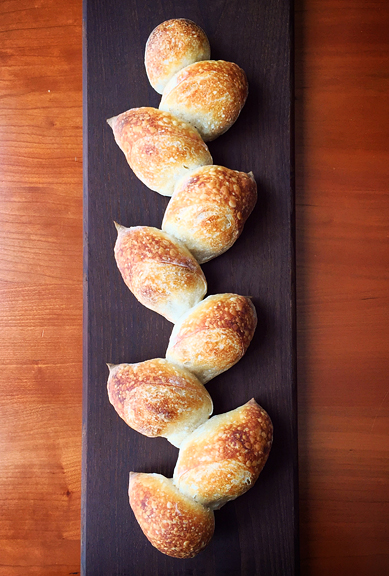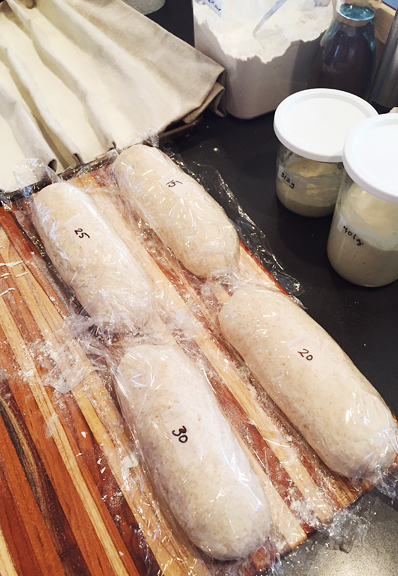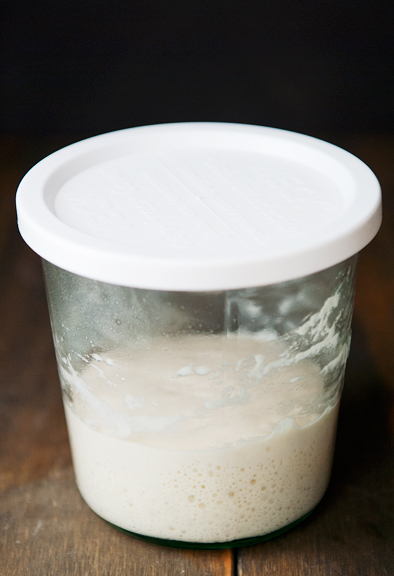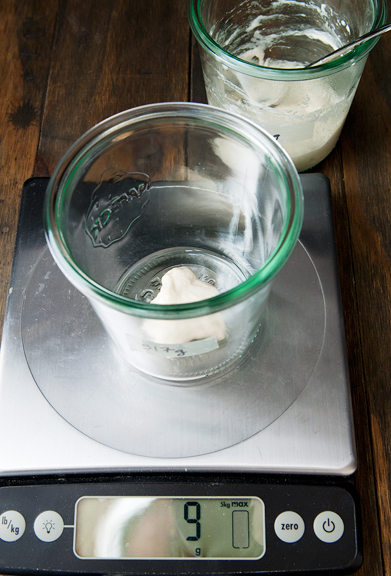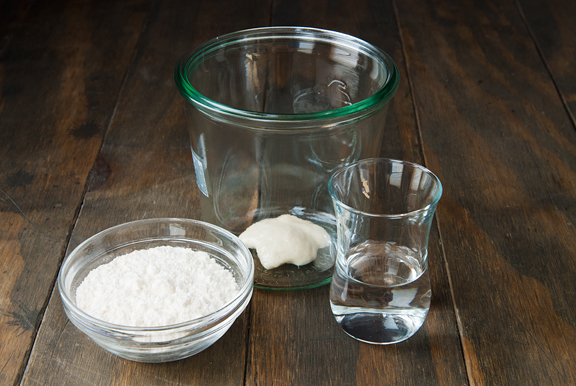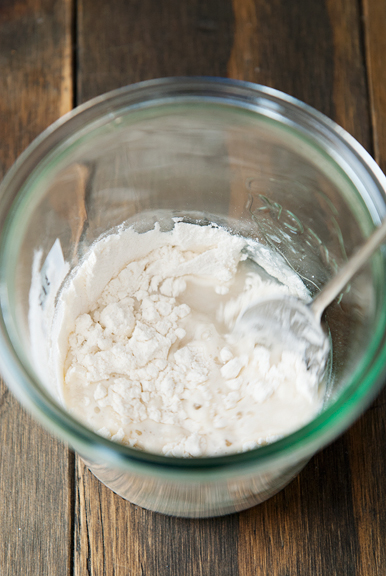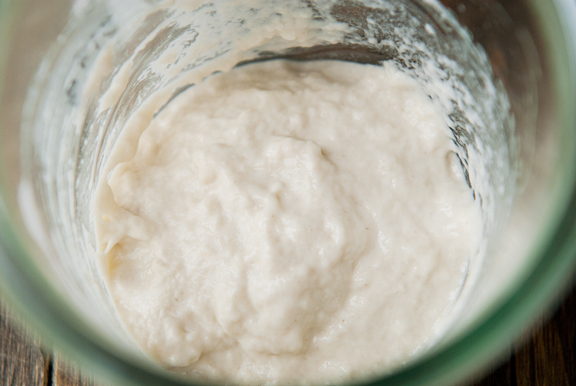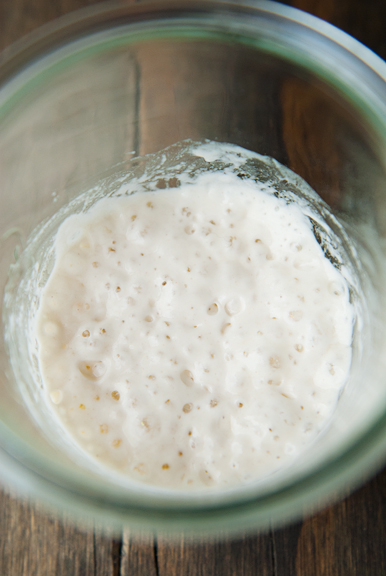zip and zing
Sunday, April 29th, 2018I jumped the gun a couple of weeks ago and had my hair cut off, donating the 10-12 inch ponytails to Pantene Beautiful Lengths. My reasoning for keeping it long was for ease of management under my ski helmet, but with a lousy ski season nearing its end and the warming weather, I couldn’t resist!
flowering trees going crazy down on the flats

short hair is super refreshing on sunny trail runs

Despite pledging my allegiance to spring, when it snowed 10 inches this past week we immediately grabbed the skis and headed out for a little backcountry touring. It was very crunchy and knobbly underneath, because the crazy warm days had melted most of the snow which froze the slushy footprints and suncups into icy divots overnight. But the soft fluffy stuff falling from the sky made for fun turns, giggles and whoops echoing through the valley, and a renewed declaration of our love of skiing.
skinning up

skiing out

neva in the moment, in the snow

Whether it’s snowing or sunshining, I’m always up for a refreshing glass of ginger beer. I’ve tasted several brands of store-bought ginger beer over the years, preferring those with a sharper gingery bite and less sugar than their popular cousin, ginger ale. Earlier this year, I was determined to brew my own ginger beer. I tried this authentic alcoholic ginger beer from Food 52 and had to pour the bulk of it down the drain because it tasted so awful. I wondered if perhaps it was the alcohol? The next recipe I tried from Serious Eats only had 2 days of fermentation. Sadly, it didn’t register much higher than my first attempt at ginger beer. Both seemed to have an oddly soapy flavor to the ginger beer. I was so frustrated.
Fast forward a few weeks and Jeremy and I had a lunch date at Oak in Boulder where I sipped on their homemade ginger beer. So fizzy and bright and full of “punch you in the face” ginger flavor. I later emailed the restaurant, relaying my tale of woe and wasted ginger, and asked if they would be willing to give me some tips on making my own ginger beer. These incredibly nice people replied within a few hours and gave me their recipe.
sugar, ginger, lemon, water, topo chico (or any soda water)

Their version isn’t something I can reproduce at home. They combine fresh ginger juice, lemon juice, sugar, and water, and then they carbonate it. My version combines fresh ginger juice, lemon juice, simple syrup, and carbonated water. Why not?
simple syrup: water and sugar

**Jump for more butter**







